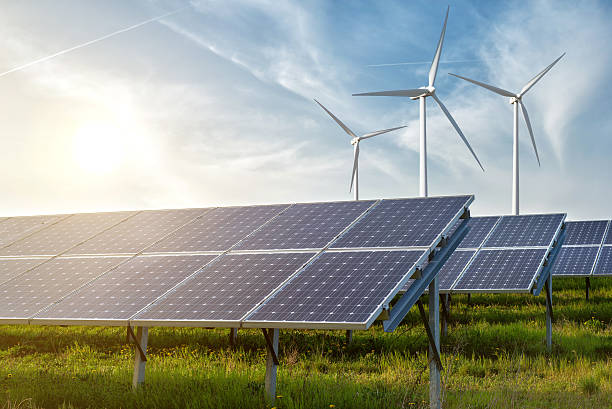
FAQ About Clean Energy
Clean Energy
2 years ago | gizem
What are the main sources of clean energy?
The main sources of clean energy include renewable energy technologies that produce electricity or heat without significant greenhouse gas emissions or other harmful pollutants. These sources are considered clean because they have minimal environmental impacts and are sustainable. Here are the primary sources of clean energy:
- Solar Energy: Solar power harnesses the energy from the sun and converts it into electricity through photovoltaic (PV) cells or concentrated solar power (CSP) systems. PV cells are commonly used in solar panels installed on rooftops or in solar farms, while CSP systems use mirrors or lenses to concentrate sunlight and generate electricity.
- Wind Energy: Wind turbines capture the kinetic energy of moving air and convert it into electricity. Wind energy is generated when wind flows through the turbine's blades, causing them to rotate and power an electrical generator.
- Hydropower: Hydropower generates electricity from the kinetic energy of flowing or falling water. It typically involves building dams or using river currents to turn turbines and produce electricity.
- Geothermal Energy: Geothermal energy utilizes the heat stored in the Earth's crust to generate electricity or provide heating and cooling. It involves extracting hot water or steam from geothermal reservoirs to power turbines connected to electrical generators.
- Biomass Energy: Biomass energy is derived from organic materials such as wood, agricultural residues, and biofuels. It can be used to generate electricity, heat buildings, or produce biofuels for transportation.
- Nuclear Energy: Nuclear power is often considered a clean energy source because it does not emit greenhouse gases during electricity generation. It uses nuclear reactions to produce heat, which then drives turbines to generate electricity.
